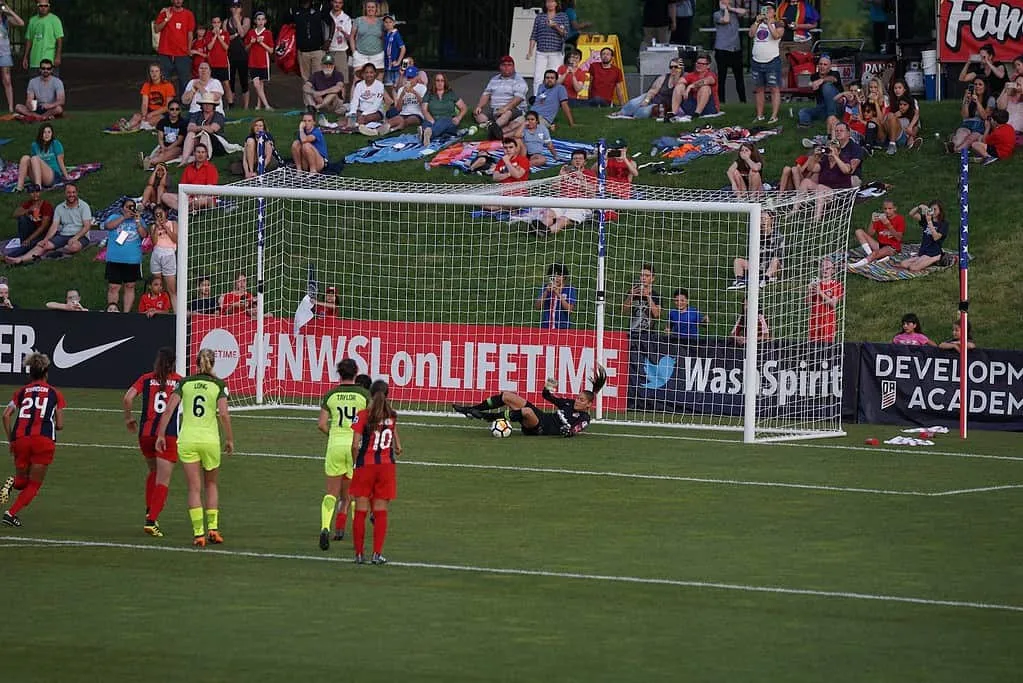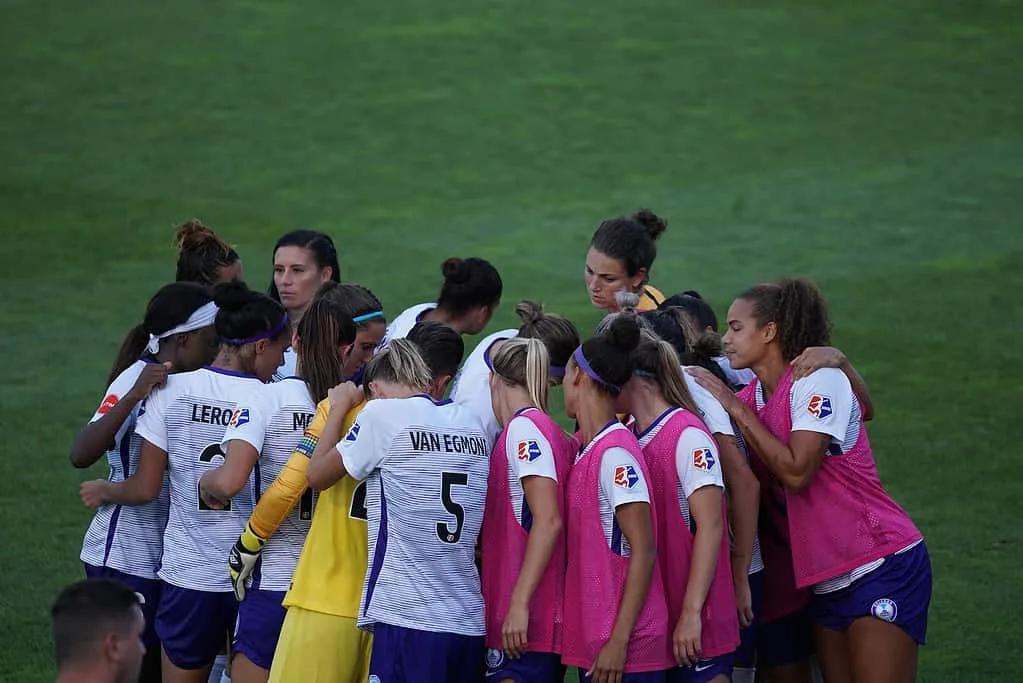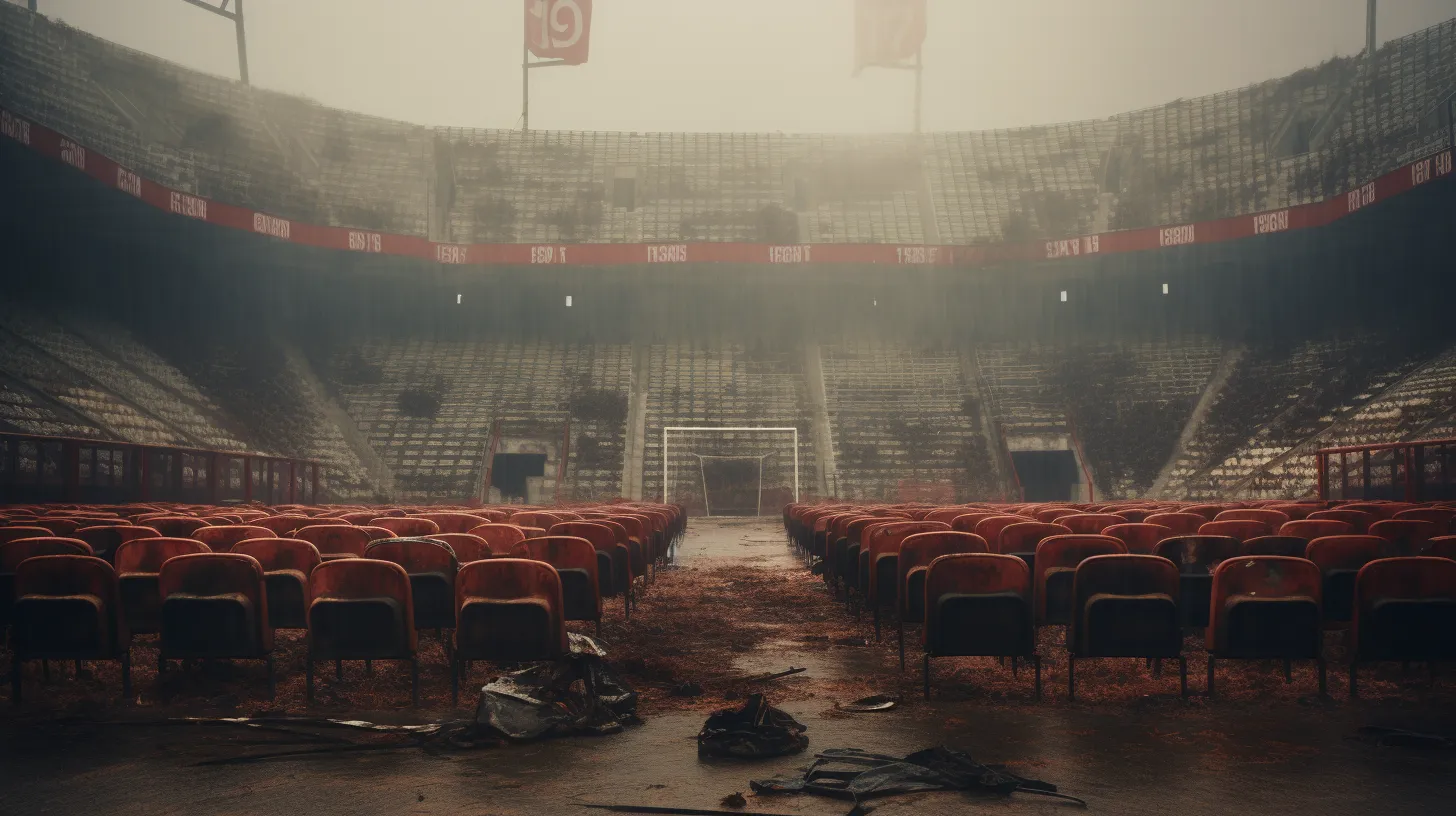On the grand stage of a soccer game, a tie may seem like an unsatisfactory outcome for spectators craving to see one team win.
Yet, games frequently end in a tie, particularly in league matches. This article explores why a soccer game can end in a tie, how it impacts the teams and league standings, and ways to break a tie in professional soccer.
Understanding the concept of a tie in soccer
What is a tie in soccer?
A tie in soccer, also known as a draw, refers to a game where two teams have the same score at the end of the match.
It often results in each team securing one point in league games. Game end in a tie is common in many soccer leagues worldwide.

What does it mean when a soccer game ends in a draw?
When a soccer game ends in a draw, it means that neither team has scored more goals than the other at the end of 90 minutes.
The game end in a tie and both teams earn a point for a tie, rather than the three points allotted for a win.
How is a tie different from a win in soccer?
A win in a soccer game yields three points in the league, elevating the team’s position in the standings. The victorious team breaks the tie and secures their lead.
Conversely, a tie game earns each team only one point, less than the reward for winning the game.
How the score determines a game ending in a tie
How is the score recorded in a soccer game?
Scoring in soccer is straightforward. Each goal counts as one point recorded against the team that scores.

If the score is tied after two halves of a game, usually 90 minutes plus extra time added to the end of each half, the game is declared a draw.
What is a 0-0 score in soccer?
A 0-0 score in soccer, commonly referred to as a nil-nil draw, occurs when neither team manages to score a goal throughout the game.
Despite aggressive play from both teams, if they can’t crack the other’s defense, the game can end with this “no score” tie.
What happens if a game is tied after 90 minutes?
If the game is tied after 90 minutes in a regular season match, it ends as a draw.
However, certain tournaments like the FIFA World Cup employ extra time, or if required, a penalty shootout to break the tie and award a win.
When a soccer game can and cannot end in a tie
Knockout stages and tournament ties
During the group stage of tournaments, soccer matches can end in a tie. However, in knockout stages of tournaments like the FIFA World Cup or the Champions League, a tie game must be resolved.
Consequently, tied games proceed to extra time and possibly a penalty shootout.
Ties in league games vs. FIFA World Cup games
In league games, a tie after 90 minutes concludes the match. Alternatively, World Cup games that are tied at the end of 90 minutes move into additional time.
If the score is still tied after the extra 30 minutes of play, the game advances to a penalty shootout.
How is a tie resolved in a major league soccer game?
In Major League Soccer (MLS) regular season games, a tie is the final result. However, during playoffs, extra time and penalty shootouts are used to break a tie, mirroring World Cup knockout round practices.
Understanding the penalty shootout and tie resolution
What is a penalty kick in soccer?
A penalty kick in soccer occurs when a player from one team gets the opportunity to take a shot at the goal, only 12 yards away, with only the goalkeeper to beat.

This generally happens when a foul has been committed inside the opposition’s penalty area.
What happens in a soccer penalty shootout?
A penalty shootout in a soccer match takes place when the score is still tied after extra time. Each team is offered five penalty kicks.
The team that scores the most goals in these kicks is declared the winner. If the score remains tied after five kicks, the shootout continues in a sudden death format until one team has an insurmountable lead.
What happens if a soccer game is still tied after a penalty shootout?
If a soccer game is still tied after the initial round of a penalty shootout, the process is repeated in a ‘sudden death’ format. Here, each team takes turns to kick.
The first team to score while the other fails to do so, wins the game.
How a soccer tie affects teams and leagues
How does a tie affect a soccer team’s points in the league?
The impact of a tie in soccer can be significant. A team earns one point for a draw. Although less than the three points earned for a win, securing this single point can make a significant difference at the end of the season.
Why do soccer leagues allow games to end in a tie?
Soccer leagues allow games to end in a tie to maintain fairness in the competition. Unlike sports that use overtime periods to decide a winner, soccer values the draw as a reflection of evenly-matched teams.
This ensures the league table is an accurate representation of a team’s on-field performance throughout the season.
How do teams prepare for the possibility of a tie in soccer?
Teams prepare for the possibility of a soccer tie by strategizing their play during the game. If they believe a draw is the most attainable or desirable result, they may play defensively to prevent the opposition from scoring.

Coaches and players analyze the pros and cons, including the importance of the match, the strength of the opponent, and the team’s position in the league standings before deciding their approach.
This extensive guide explores the intricacies of why soccer games end in a tie, adding more depth to one’s understanding of the game’s intricate structure and scoring system.
A firm understanding of these aspects provides a deeper appreciation of this beautiful game.


